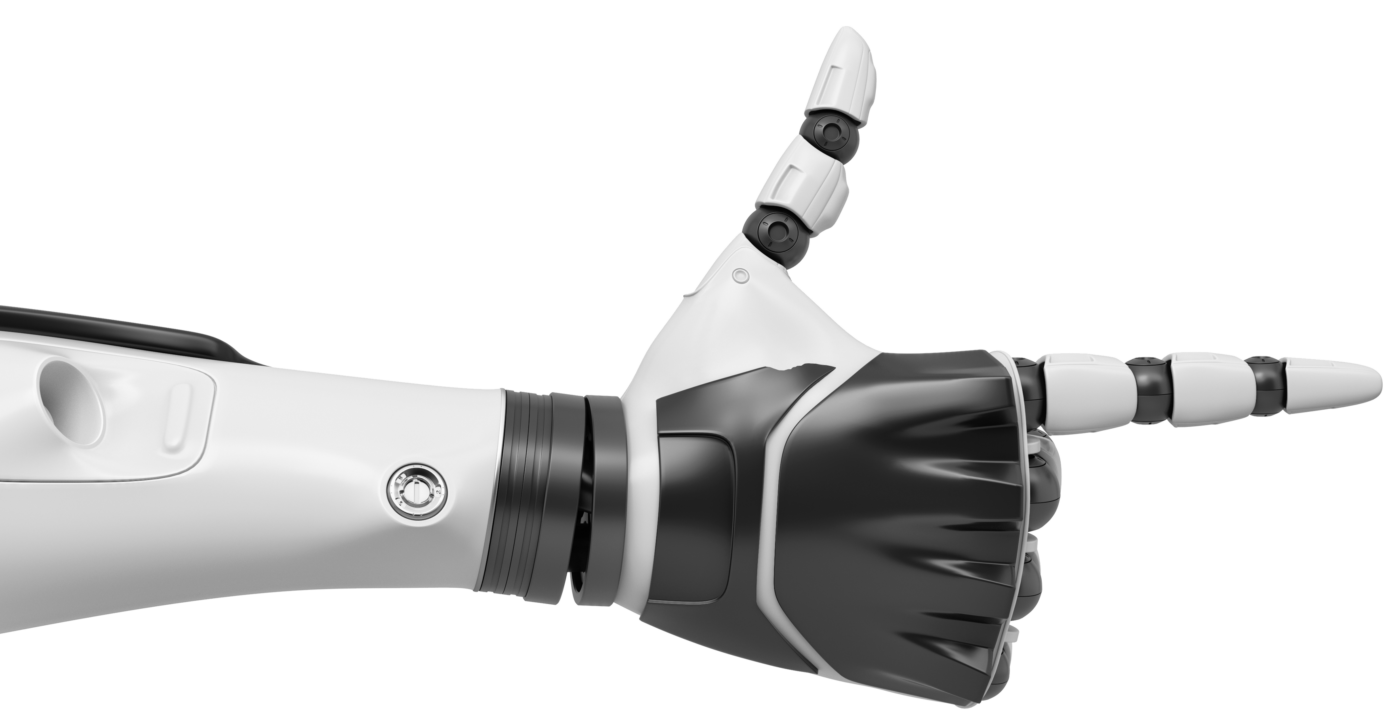The ‘Natively Flexible’ Processor Has Arrived: Here’s What We Need to Make It Mainstream

The microprocessor is one of history’s pivotal inventions, ranking in influence with breakthroughs such as the wheel, the transistor, and the printing press. There is no escaping their popularity or usefulness either: with tens of billions of processors produced each year they have revolutionized industries such as health care, media, retail, transportation and of course information management.
Since the debut of Intel’s 4004, the world’s first microprocessor, just over 50 years ago, the performance of microprocessors has improved exponentially whist at the same time, the cost and energy consumption has dropped dramatically.
However, to date most of these billions of microprocessors have been manufactured on rigid silicon-based substrates which presents integration challenges for some applications. By manufacturing thin film transistors (TFTs) on a flexible plastic or even paper substrate, it is possible to make ‘Natively Flexible Microprocessors’ that can be integrated in a wide variety of products at cost points unachievable with silicon that will open up new market opportunities.
Flexible Processors: A Path to the Internet of Everything?
Imagine smart labels on food products that can alter their use-by dates based on how they have been handled, helping to reduce the 1.6 billion tons of food wasted every year. Or inexpensive vibration sensors applied to pipes and linked through mesh networks that can pinpoint leaks to help reduce the 32.6 trillion liters of water lost before it reaches a tap.
It is shocking to read that the 1.1 trillion tons of human-made materials now equals the weight of all life on Earth and is set to double by 2040. Perhaps by making more everyday objects ‘smart’, and by helping to return their various components to their original producers for remanufacturing, this mountain of ‘artificial stuff’ could be reduced. We have only just scratched the surface when it comes to smart objects, embedded processing and the Internet of Everything.
PlasticArm: Accessible Flexible Processing
Arm recently shared details of a blue-sky research project called PlasticArm, whose goal was to explore the viability of building very cheap Arm-based microcontrollers using state-of-the-art TFTs on a flexible plastic substrate. Although PlasticArm was an ultra-minimalist Cortex-M0-based system-on-chip with just 128B of RAM and 456B of ROM, it is 12x more complex than the current state-of-the-art. PlasticArm was implemented in PragmatIC Semi’s 0.8µm metal oxide TFT technology using just 39K NAND2 gate equivalents in an area of 59mm^2.(You can read more in a recent Nature publication.)
While flexible electronics components such as sensors, displays and batteries already exist, the missing component needed for a complete flexible integrated smart system is the microprocessor. Although flexible microprocessors have been produced by thinning down silicon die this is a costly process and still has integration challenges. Natively flexible processors, on the other hand, can be tightly integrated with other flexible components to make a fully flexible, integrated smart system that can be used in products such as smart health patches.
The Commercialization of Flexible Processing
PlasticArm is an initial step, a proof of concept, in what will be a complex road to full commercialization. One of the biggest challenges to making larger and more complex systems is the power consumption. Running at 29kHz, PlasticArm consumes 21mW of power. Most of this is static power due to being implemented in an n-type only process. As soon as p-type TFTs reach the point that CMOS logic is commercially viable then this static power consumption will drop dramatically – just like it did with silicon back in the 80s.
When it comes to process shrinks, flexible electronics seems to be following Moore’s Law – just 4 or 5 decades behind silicon. In 2011, for example, 40 years after Intel’s 4004, we saw IMEC’s 8bit plastic ALU. Then in 2020, 35 years after the first silicon Arm we saw PlasticArm. If this trend continues, we are going to see rapid growth in flexible electronics – however it will never catch up with or replace silicon.
Another challenge will revolve around power supplies. Lithium-ion batteries will be impractical and likely too expensive for high-volume flexible applications. Reliability will be paramount: some of these devices will have to be capable of operating for several years – so some form of energy harvesting coupled with intermittent compute will be required. Flexible processors will likely require printable batteries, piezoelectrics or energy harvesting with RF frequencies. While promising, all of these technologies remain in their early, experimental phases.
Likewise, memory, storage, software, firmware, security and networking, and other technologies to complement flexible processors will have to be devised. Some of it can be directly brought over from the silicon ecosystem. Because PlasticArm is built on the Arm6 architecture, software developers can piggyback on existing toolchains. Other technologies, however, will require substantial modification or reinvention. Data management will be one of the primary challenges as flexible SoCs will need to minimize network traffic and storage while at the same time adequately analyzing incoming data to produce a result that a consumer or manufacture would consider worthwhile. More AI on devices and endpoints will play a pivotal role in balancing these seemingly conflicting demands.
Overcoming Environmental Challenges
More chips, even small ones, will mean an increase in plastic and e-waste. Only 17.4% of the 53 million tons of e-waste was properly recycled in 2019. Plastic processors will need to be recyclable or, even better, be capable of being repurposed after their original life. Technology for electronic repurposing seems destined to be a major market—think of the coming tide of EV batteries—but research, development and deployment are only in the early days.
And, of course, the cost will have to come down to nearly zero. Techniques for directly integrating devices into host products, industry standards, licensable core designs, open-source libraries will help drive down costs over the next several years. As they develop, we will see a corresponding rise in interest in developing equipment sets and foundry services that will further drive a virtuous cycle. Supply chains and economic relationships will change too. Instead of multibillion fabs serving hundreds of customers, flexible ICs may get developed in smaller, distributed fab-lets housed at end-customer facilities and run by semi experts.
While it’s difficult to predict exactly how this market will evolve, I’m confident that over time it will take off: the potential benefits and use cases are simply too large to ignore. Flexible electronics will not replace silicon nor will it catch up in terms of performance. Instead, it will exist as a parallel universe, amplifying our current capabilities and extending the reach of semiconductors.
This article was originally published in Semiconductor Engineering.
Research is a central part of our work at Arm. The Arm Research Impact Report 2021 provides an overview of ideas we’re exploring for endpoint AI, high performance computing, cybersecurity, and more.
Any re-use permitted for informational and non-commercial or personal use only.













